D-Carb, lower carbon white cement, was first used in the Aquamarijn residential project in Belgium. Located in De Panne, where the city meets a nature reserve, Aquamarijn is a striking eleven-story development featuring pure white precast parapets produced by Enjoy Concrete.
As a long-standing partner of Aalborg White Cement, Enjoy Concrete is among the first precasters in Benelux to adopt lower carbon white cement, taking an early lead by transitioning from Aalborg White CEM I to D-Carb CEM II/A-LL 52.5R. From the production line to the construction site, we were pleased to witness firsthand the high-quality precast elements made with D-Carb and had the opportunity to speak with Maarten Durnez, Sales Engineer of Enjoy Concrete about their experience.
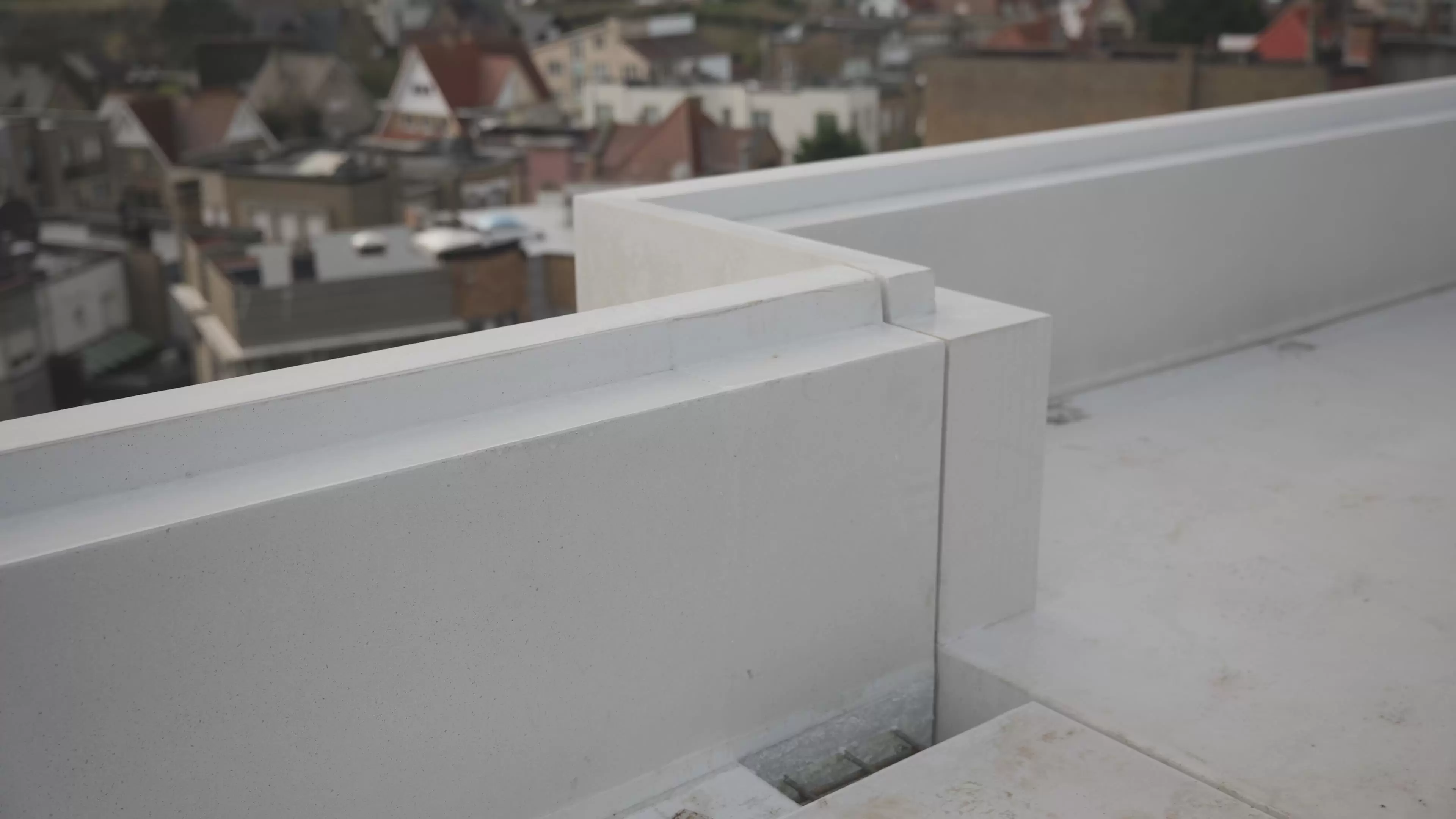
What parts of the project use precast concrete made with D-Carb?
Maarten Durnez: The precast concrete parapets of the building were made with D-Carb lower carbon white cement, with varying heights between the lower and upper floors. On the lower floors, the parapets are taller to block the view from the surrounding streets, ensuring greater privacy for the interior spaces. The project required high-quality, high-performance white cement to produce self-compacting concrete suitable for the parapet elements.
Which are the main benefits in the finished products when using D-Carb?
Maarten Durnez: D-Carb has a 15% lower CO2 footprint compared with Aalborg White CEM I. After replacing Aalborg White with D-Carb lower carbon white cement, we achieved similar early and 28-day strength. Workability was equally good, which ensured the continued production of high-performance self-compacting concrete.
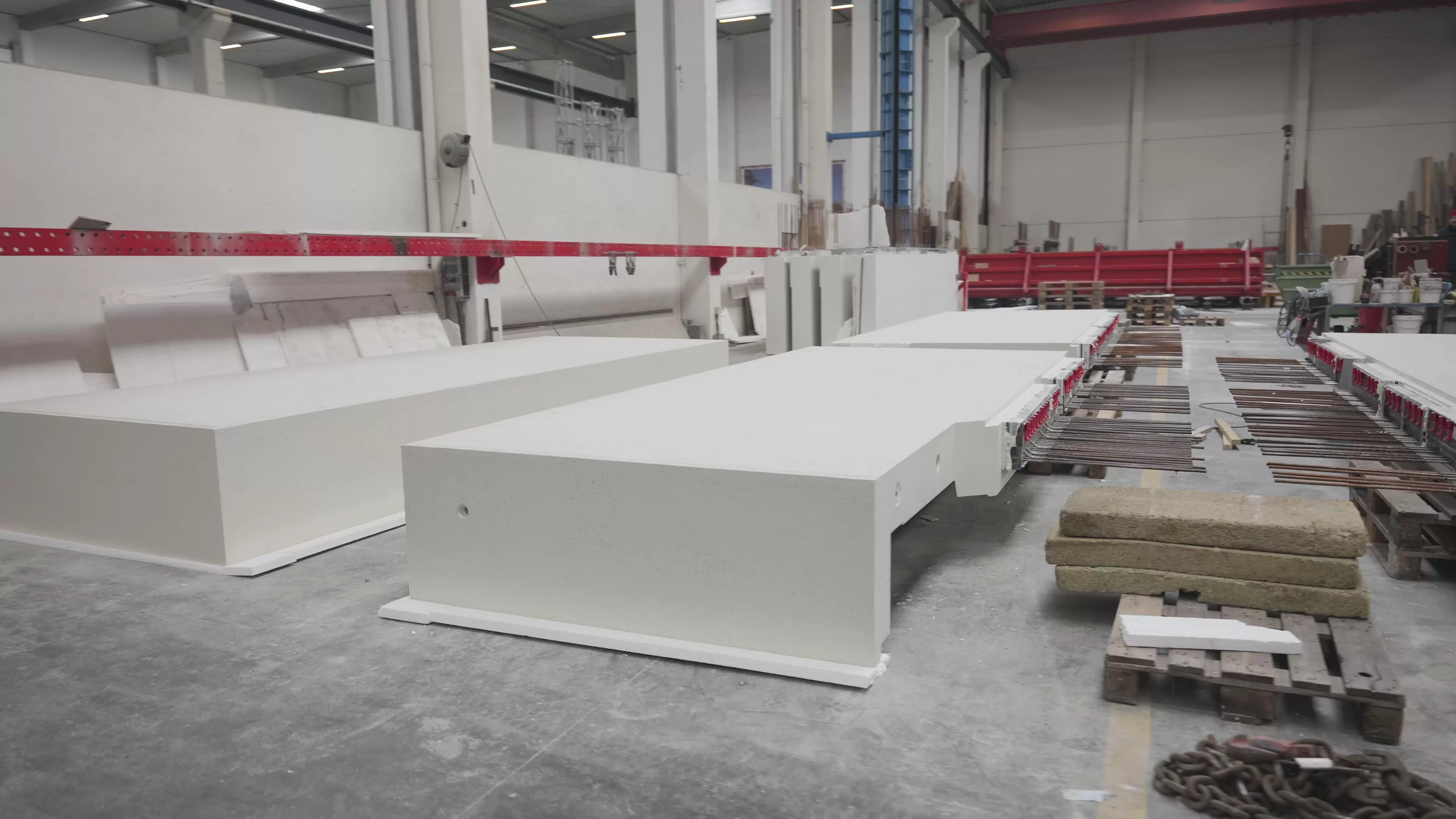
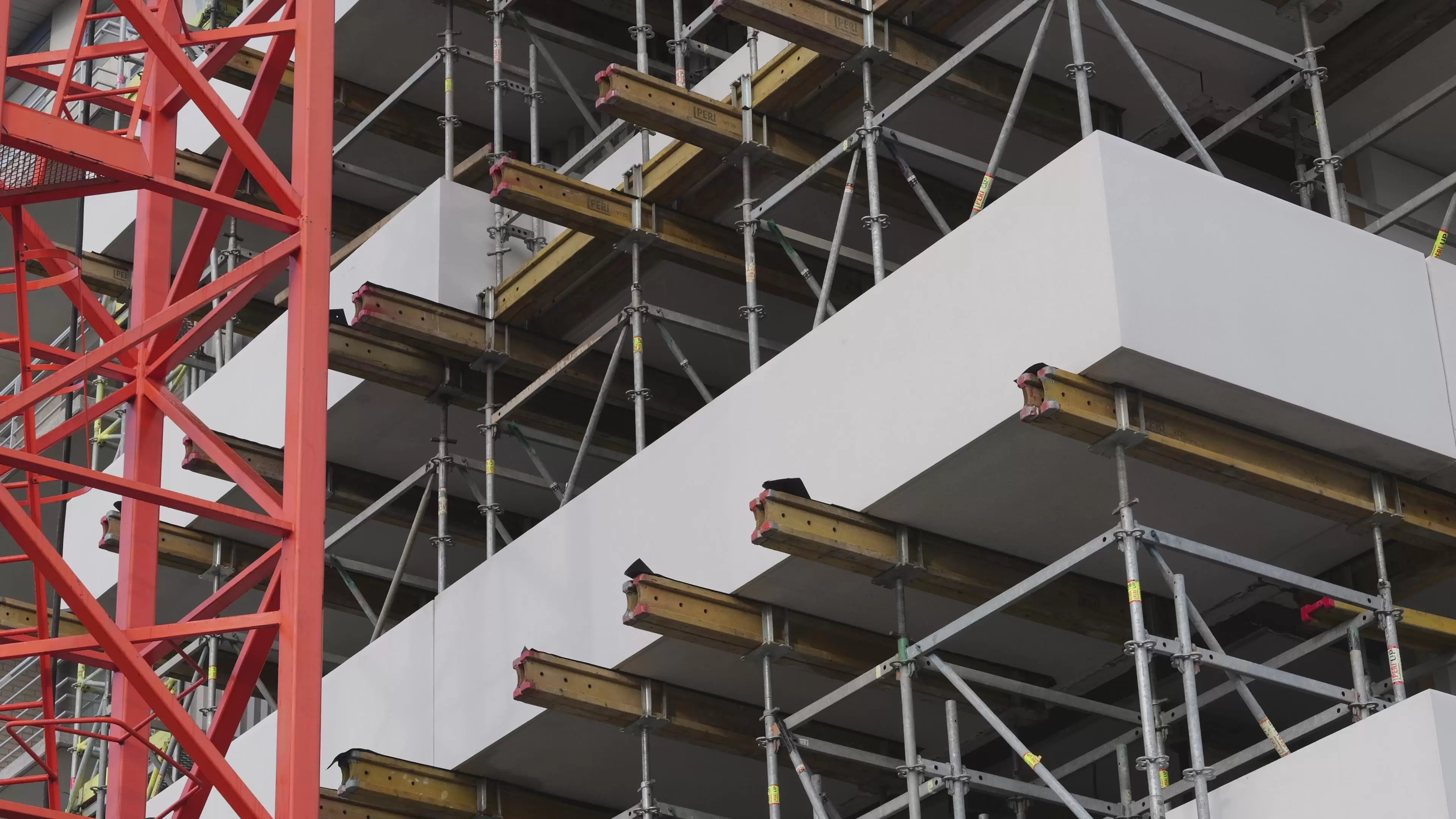
How would you describe your experience with D-Carb compared to Aalborg White CEMI 5.25R white cement?
Maarten Durnez: The transition from Aalborg White CEM I 52.5R to D-Carb was smooth, requiring no adjustments to the mix design, which made it a pleasure to work with.
Would you choose D-Carb again for future projects? Why?
Maarten Durnez: We will continue using D-Carb for future projects, as its low-carbon profile and consistent high performance align well with today’s sustainable construction priorities. Its compatibility with our existing production processes also ensures a smooth transition without the need for redesign or mix adjustments.
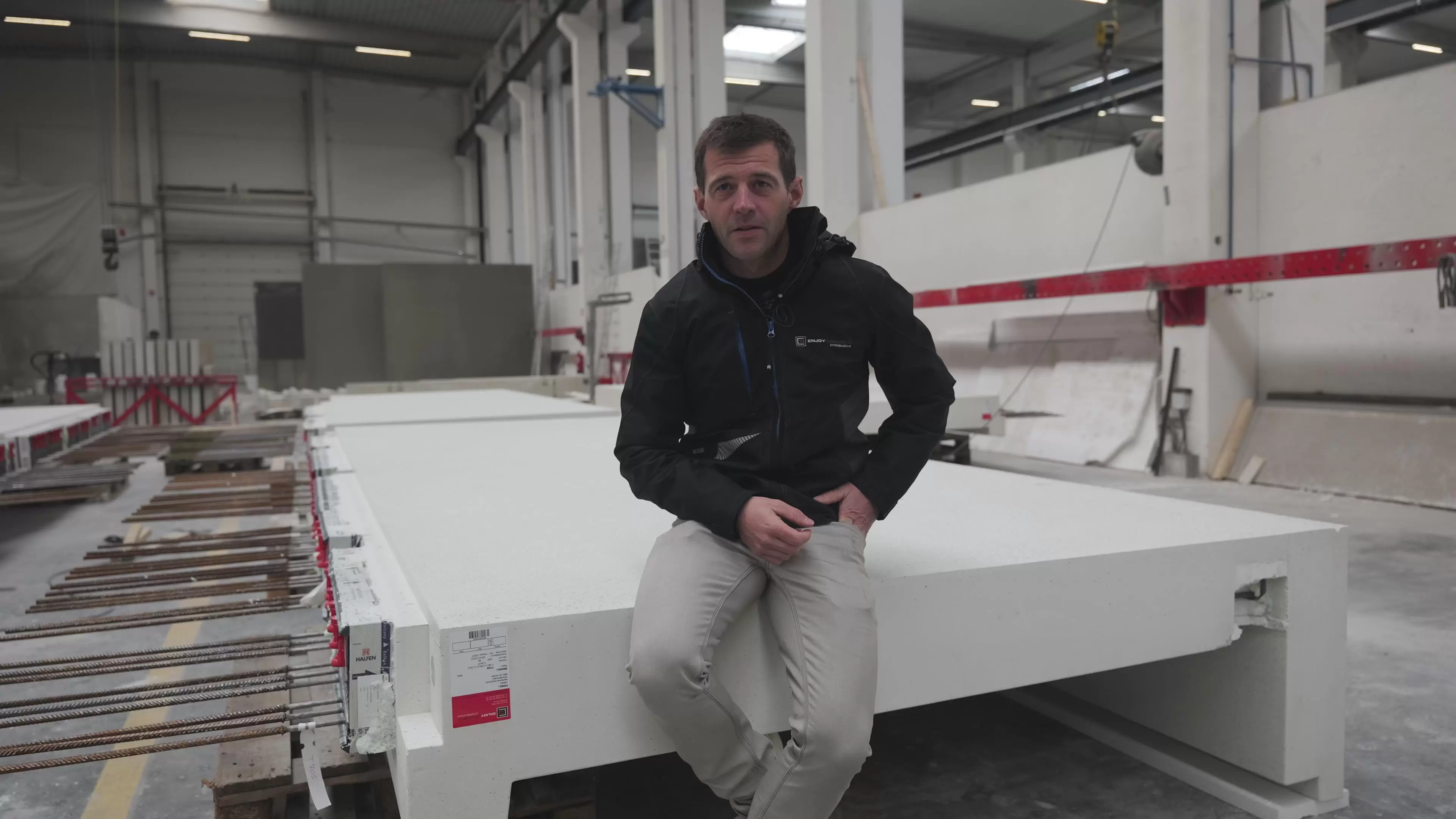
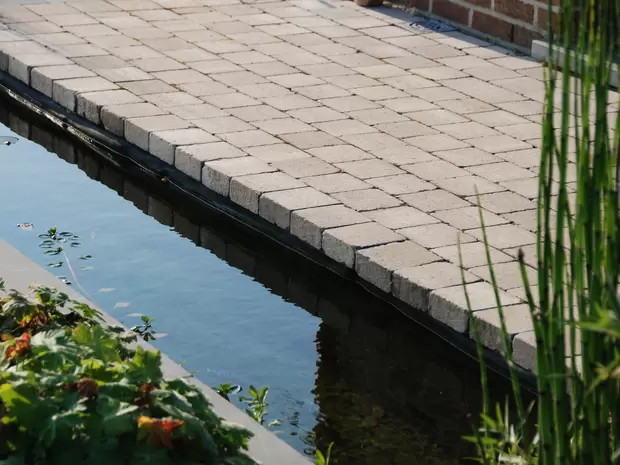

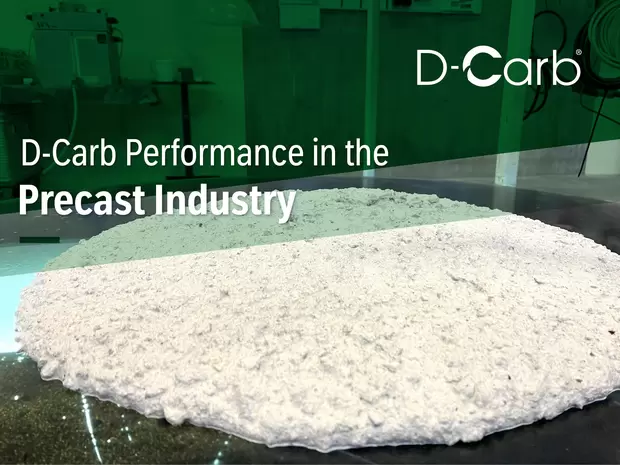
Share on